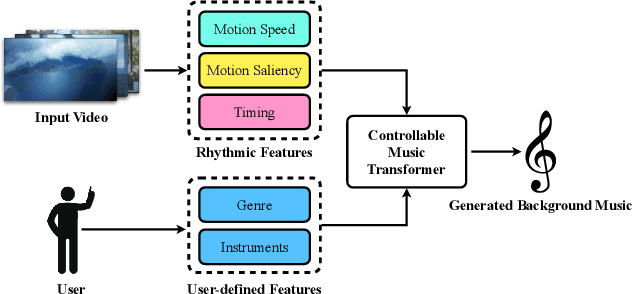Leyan Zhu
Cross-Modality Domain Adaptation for Freespace Detection: A Simple yet Effective Baseline
Oct 06, 2022



Abstract:As one of the fundamental functions of autonomous driving system, freespace detection aims at classifying each pixel of the image captured by the camera as drivable or non-drivable. Current works of freespace detection heavily rely on large amount of densely labeled training data for accuracy and robustness, which is time-consuming and laborious to collect and annotate. To the best of our knowledge, we are the first work to explore unsupervised domain adaptation for freespace detection to alleviate the data limitation problem with synthetic data. We develop a cross-modality domain adaptation framework which exploits both RGB images and surface normal maps generated from depth images. A Collaborative Cross Guidance (CCG) module is proposed to leverage the context information of one modality to guide the other modality in a cross manner, thus realizing inter-modality intra-domain complement. To better bridge the domain gap between source domain (synthetic data) and target domain (real-world data), we also propose a Selective Feature Alignment (SFA) module which only aligns the features of consistent foreground area between the two domains, thus realizing inter-domain intra-modality adaptation. Extensive experiments are conducted by adapting three different synthetic datasets to one real-world dataset for freespace detection respectively. Our method performs closely to fully supervised freespace detection methods (93.08 v.s. 97.50 F1 score) and outperforms other general unsupervised domain adaptation methods for semantic segmentation with large margins, which shows the promising potential of domain adaptation for freespace detection.
Video Background Music Generation with Controllable Music Transformer
Nov 16, 2021



Abstract:In this work, we address the task of video background music generation. Some previous works achieve effective music generation but are unable to generate melodious music tailored to a particular video, and none of them considers the video-music rhythmic consistency. To generate the background music that matches the given video, we first establish the rhythmic relations between video and background music. In particular, we connect timing, motion speed, and motion saliency from video with beat, simu-note density, and simu-note strength from music, respectively. We then propose CMT, a Controllable Music Transformer that enables local control of the aforementioned rhythmic features and global control of the music genre and instruments. Objective and subjective evaluations show that the generated background music has achieved satisfactory compatibility with the input videos, and at the same time, impressive music quality. Code and models are available at https://github.com/wzk1015/video-bgm-generation.
 Add to Chrome
Add to Chrome Add to Firefox
Add to Firefox Add to Edge
Add to Edge